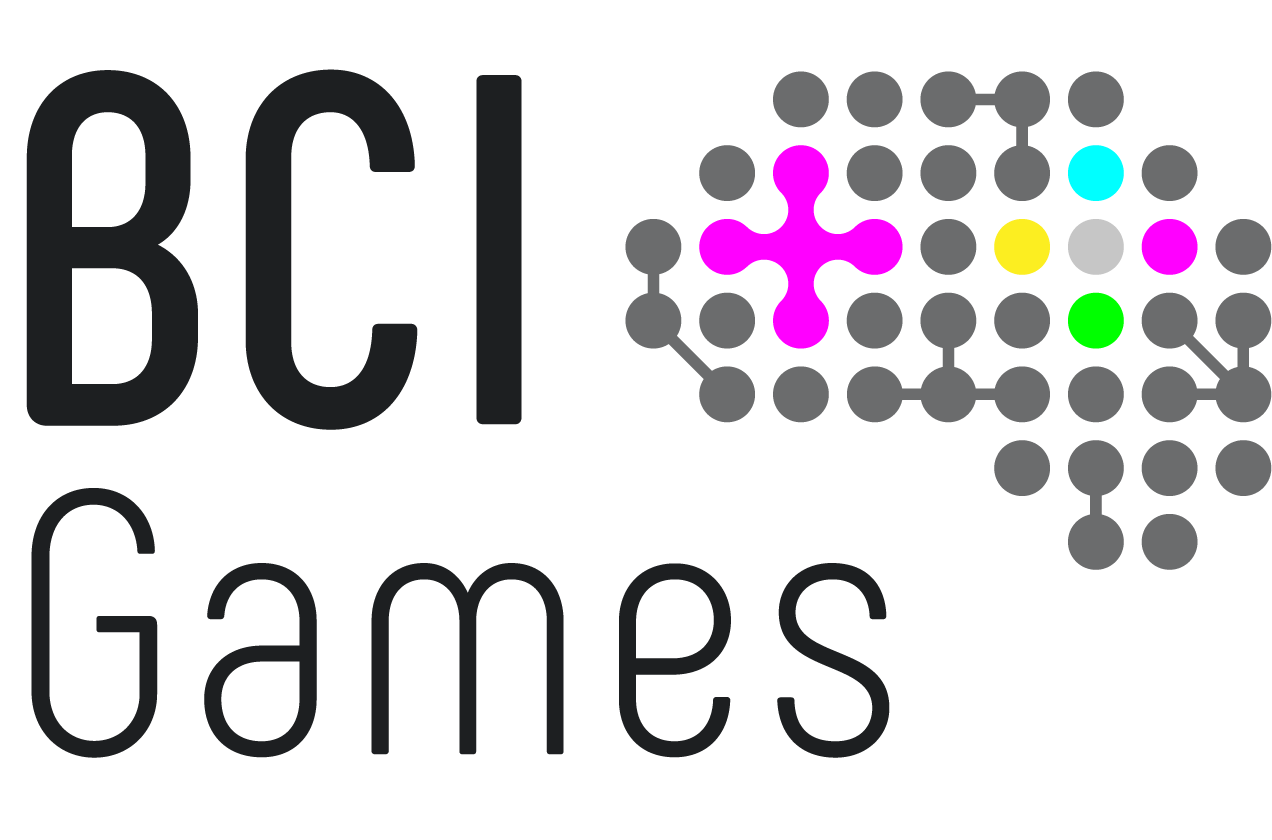What is a Brain-Computer Interface, or BCI, really?
Broadly, brain-computer interfaces (BCIs) are a new and growing technology that allow people to interact with their environment using just the patterns in their brain. By reading simple electric changes that happen on the surface of the brain, BCIs can detect high level changes in attention, focus, or even imagined actions. This lets people interact with their world in new and exciting ways, and bypassing traditional input methods like a keyboard or mouse, which may be limiting for persons with complex motor differences. By directly processing these brain signals and intents, BCIs can open up incredible new opportunities for everyone to be able to game - irrespective of potential physical limitations.
How do BCIs work then?
There are many different types of BCI systems, with the most common using a series of sensors placed on the scalp to read the electric patterns of the brain, called electroencephalography or "EEG". We can then elicit well known patterns from the brain and pair their responses to desired actions in game - such as moving a character or selecting an item. To elicit these patterns, we can use outside driving stimuli, like flashing lights or sounds or changes in the game environment, and detect changes to a person's attention or focus. Alternatively, we can use internal stimuli, like imagining moving a limb or focusing on a specific thought, to elicit another set of patterns, and again examine specific readings from the EEG. Don't worry though - what we can detect is very broad and high level, so we can't read your thoughts or inner feelings, just the general changes in your brain activity! So we might know you're imaginging a movement of some kind, but couldn't tell if you were picturing throwing a baseball or petting a dog. (Or if you even have a dog).

